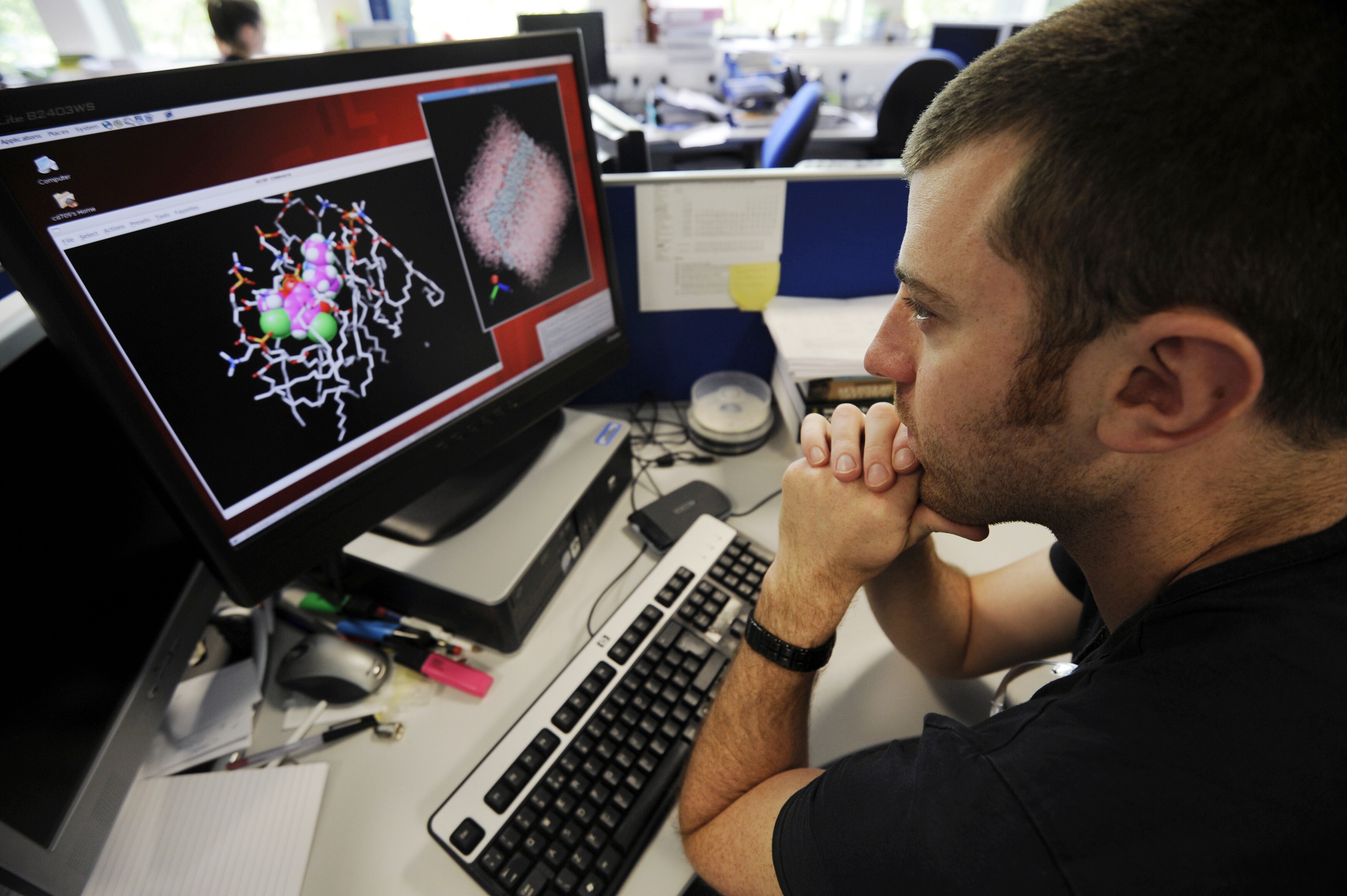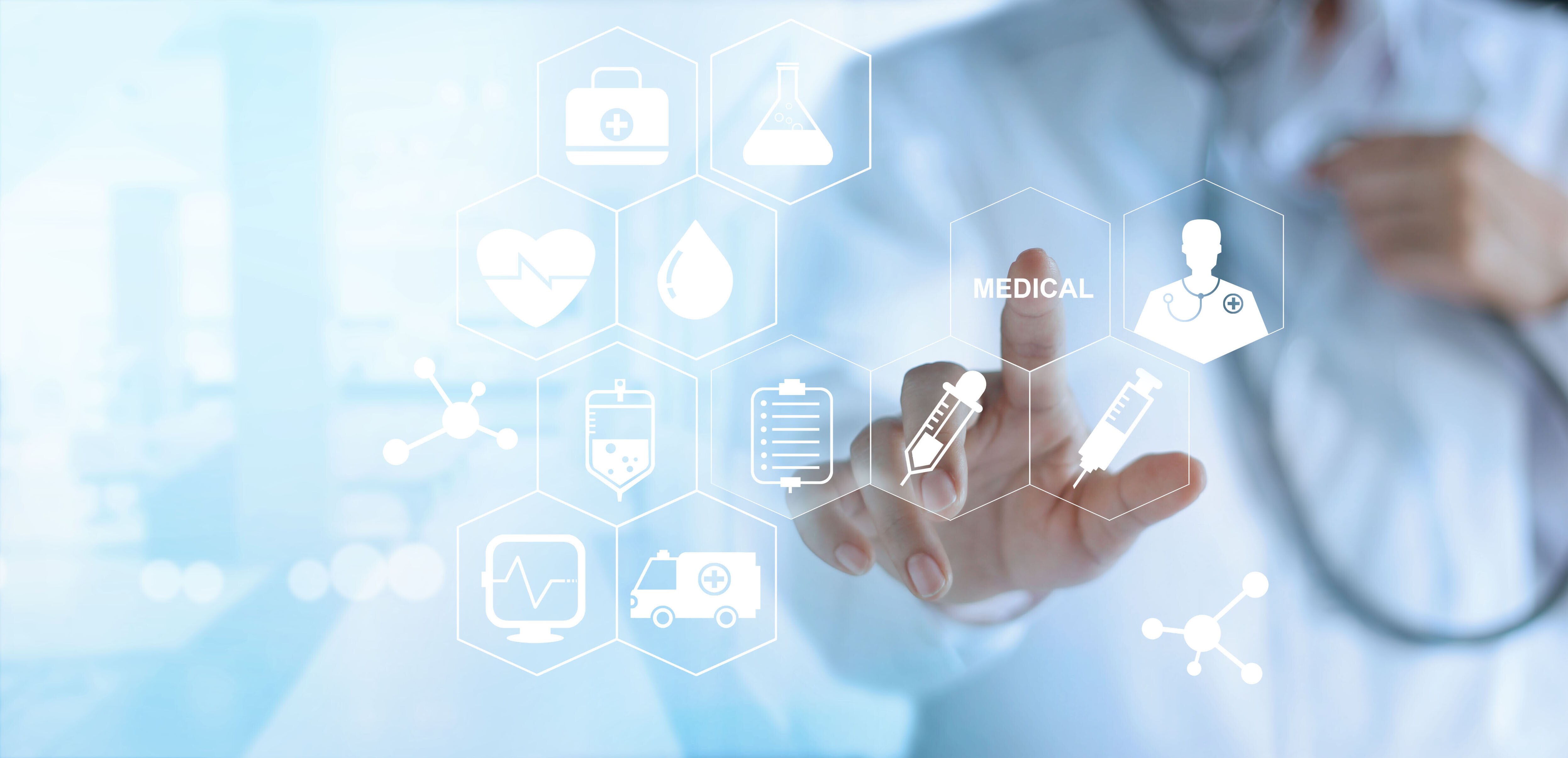Antibiotic resistance isn't just a health threat, it's a security threat

Should we view antimicrobial resistance as a security threat? Image: REUTERS/Suzanne Plunkett
Today we are faced with the harsh reality that the treatment or prevention of infectious diseases has not made quantum advances since the early successes of vaccines and antimicrobial therapies. In a sense, the world is headed backward, as once-treatable microbes become resistant to existing therapies, and new infections for which there are no effective interventions continue to arise.
The situation represents a serious and imminent threat to the world. Witness the global impact of the 2014 Ebola crisis in West Africa or the 2003 SARS outbreak, which jeopardized even wealthy economies like Singapore and Canada.
The emergence of a highly lethal and rapidly spreading antimicrobial-resistant infection would lead to untold numbers of deaths and unimaginable misery. The consequences could be similar in magnitude to a large-scale terrorist attack. Communities could be walled off, national borders closed, and travel could be restricted or even suspended. Health systems could disintegrate or collapse, as could economies.

The possibility of such an apocalyptic scenario suggests that the threat of infectious diseases – either from microbes that develop resistance to existing therapies or new microbes that emerge – is among the most important challenges that humankind faces. It is not just a public health risk; it is a threat to national and global security. Thus, it must be met with a comprehensive and effective solution.
The research and development required to produce new medicines or vaccines is time-consuming, often taking more than a dozen years. It is also very expensive, costing hundreds of millions of dollars for every new product. Moreover, there is no guarantee of success; indeed, for each successful product, there are as many as nine equally promising candidates that fail.
Given the risks involved, it is not surprising that pharmaceutical companies are very careful in their choice of investments in new drug or vaccine programs, selecting only those that promise financial gains sufficient to cover the costs of both successes and failures and provide a reasonable return on the required investment.
Many ideas have emerged to address this investment problem, such as offering prizes for successful products, creating new incentives for industry investments, and establishing novel funding mechanisms to support research to address emerging infectious threats. All have merit and would have some impact, but they would lead to incremental advances at best. A more ambitious solution is needed.
Almost every country is prepared to channel a large percentage of its GDP toward investments in national defense or security. The global threat of emerging or resistant infections must be viewed first and foremost in that context, with all countries committed to providing financing, intellectual capital, and available resources to support the discovery, development, manufacture, stockpiling, and equitable distribution of new antimicrobial agents and vaccines.
Unless countries recognize the risks they face, they are unlikely to make such a commitment. It might help to inform them that the estimated cost of emerging global infectious threats is $60 billion per year; if investments are made upfront, the total costs could be much smaller.
Country investments should be pooled to create a substantial pipeline of products to combat infectious threats. There are many ways this could be done. The easiest would be to spread the money around to scientists in academia, product-development partnerships, biotech firms, and larger pharmaceutical companies as opportunities arise. This might allow existing processes to move forward with new momentum based on the availability of new funds. Unfortunately, history suggests that this wouldn’t lead to much progress beyond the state of the pipeline today.
An alternative would be to create a full-fledged, global, not-for-profit pharmaceutical company with a research budget equal to that of the world’s top five for-profit companies, and with the singular objective of creating a pipeline of products to address the challenge of infectious threats. As with any of its for-profit peers, the management and scientific talent to undertake this effort would have to be the best available, and attracting it would require competitive compensation. The management team would be held accountable for its performance by a board of investors, comprising representatives of countries that provide the funding and scientists who provide the intellectual capital.
In keeping with industry practice, the pipelines would have to be built with a combination of internal research and in-licensing or acquisition of external innovation. Adequate infrastructure for clinical trials would have to be built to support research not only in developed countries, but also in remote regions where some of the infectious threats that the world faces are likely to emerge.
The new company’s work would be aided by prior agreements among regulatory agencies on the requirements for registration of new products, among intellectual-property holders on waiving royalty rights, and among governments on liability-protection for the company and compensation for the victims of unexpected adverse reactions to new products. The international community would have to increase available manufacturing capacity, create new distribution channels, and reserve storage capacity for stockpiling products that have no immediate application.
It goes without saying that this would be a complicated undertaking, with many details to be worked out. But somehow we must suspend disbelief and take action now, lest we be caught off-guard against an imminent global threat. This is a battle we cannot afford to lose.
Don't miss any update on this topic
Create a free account and access your personalized content collection with our latest publications and analyses.
License and Republishing
World Economic Forum articles may be republished in accordance with the Creative Commons Attribution-NonCommercial-NoDerivatives 4.0 International Public License, and in accordance with our Terms of Use.
The views expressed in this article are those of the author alone and not the World Economic Forum.
Stay up to date:
Drivers of War
Related topics:
Forum Stories newsletter
Bringing you weekly curated insights and analysis on the global issues that matter.
More on Health and Healthcare SystemsSee all
Shyam Bishen
December 18, 2025






